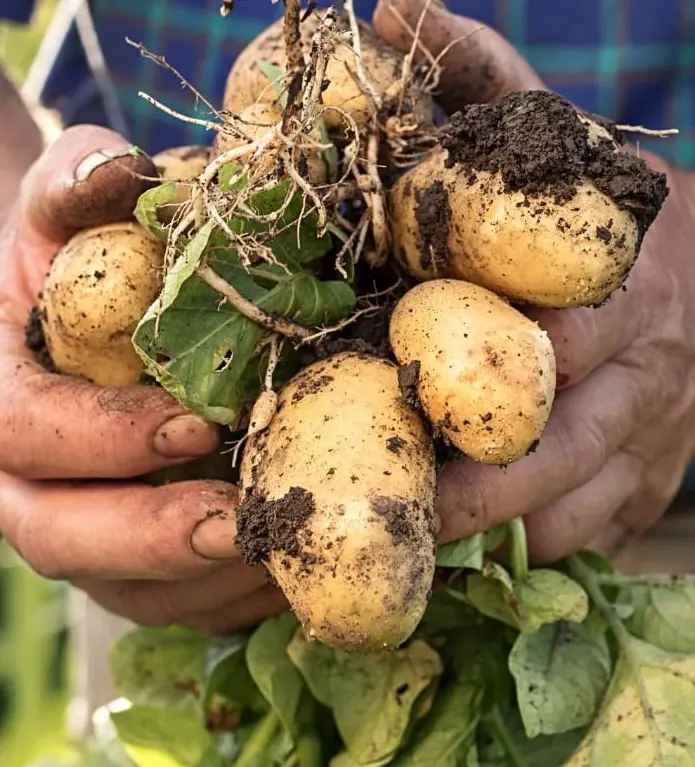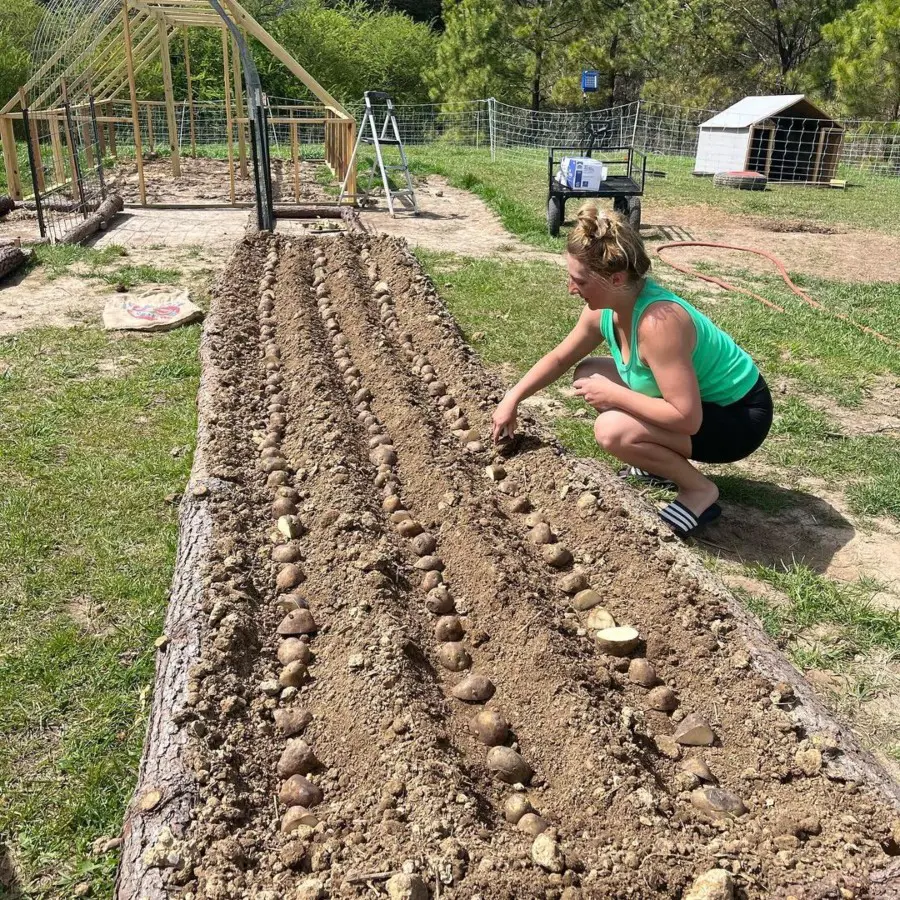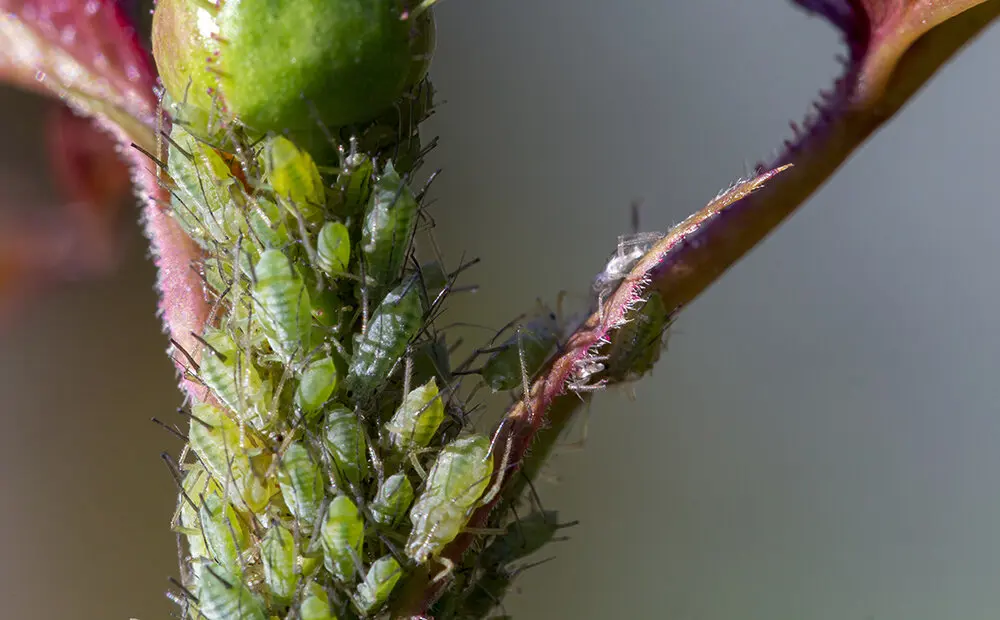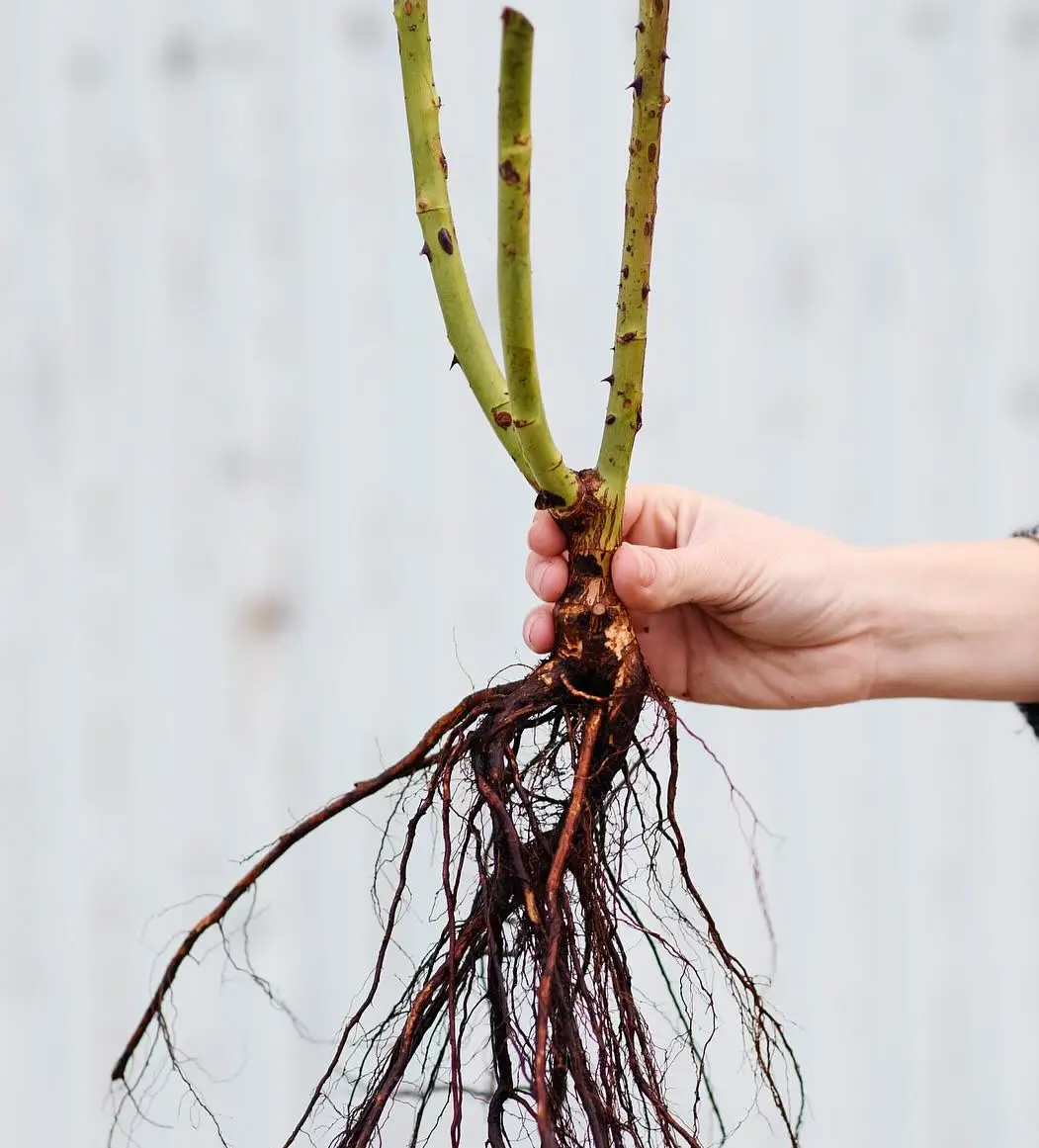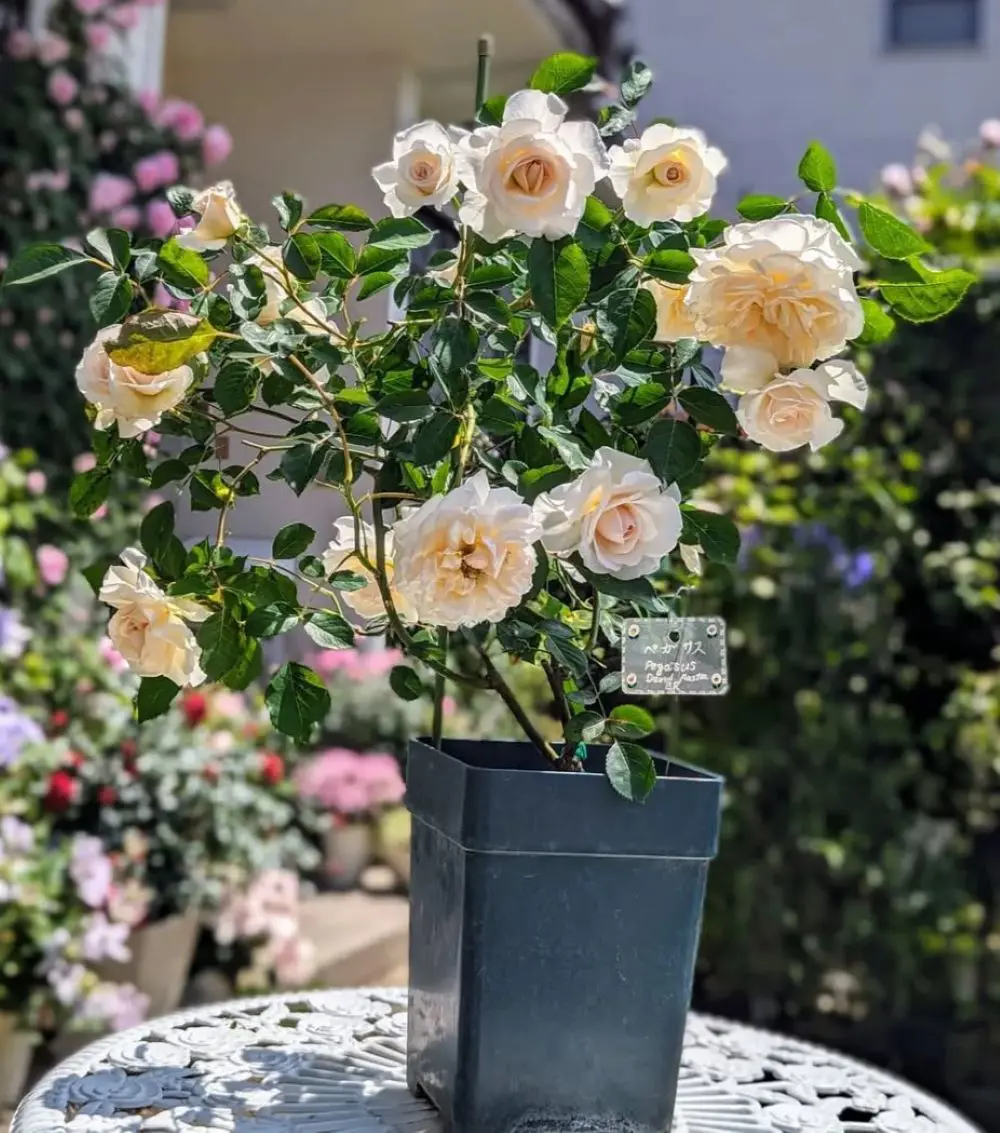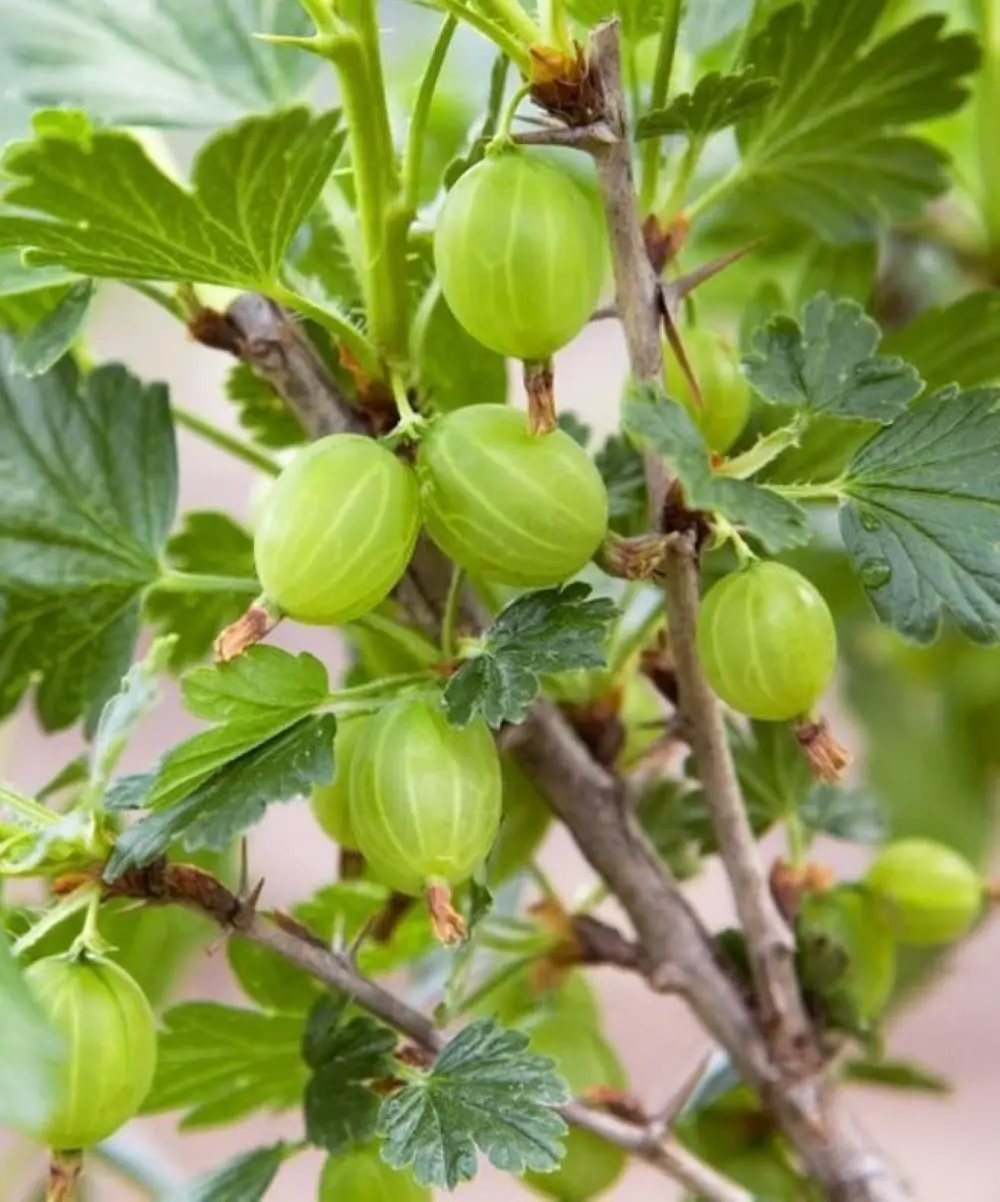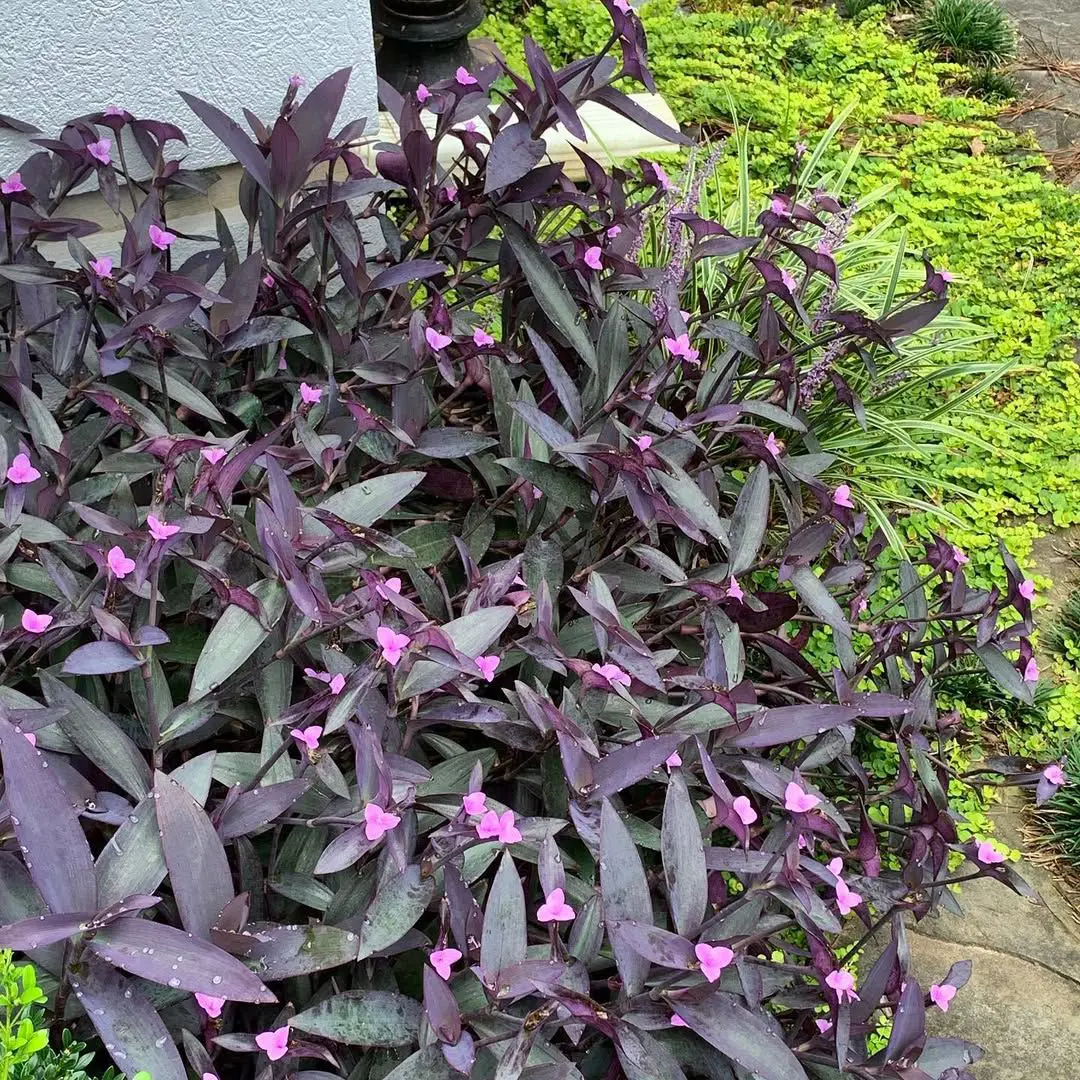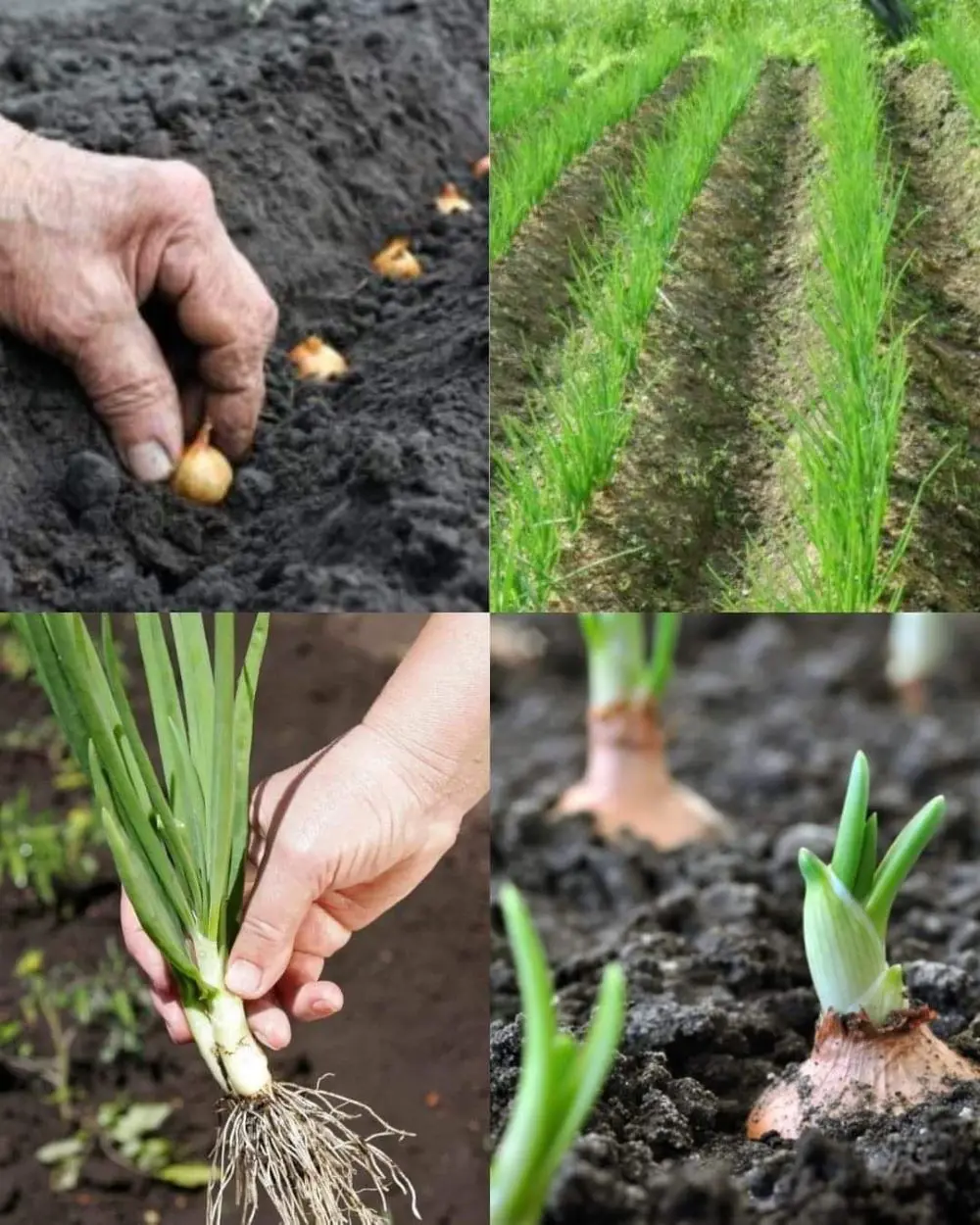How to Grow Potatoes from Potatoes
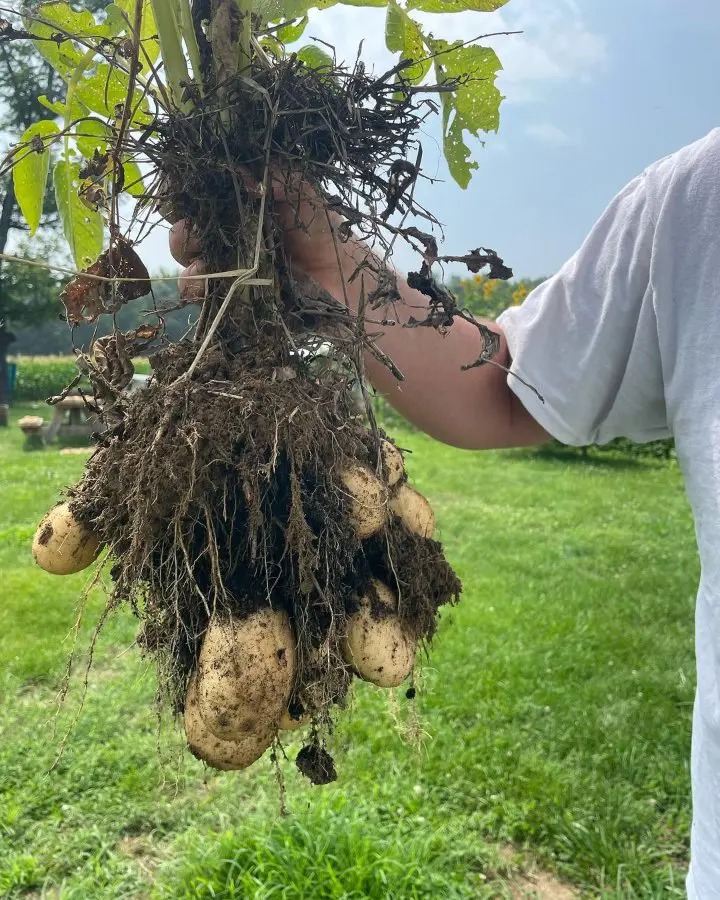
Well, the first thing we should understand is that a single piece of potato is itself a viable seed. With the proper following of the given process, growing potatoes from potatoes can be easily achievable.
Soil Requirement
When it comes to soil for potatoes, they love to grow in well-draining and loose soil. The deep loam soil type is ideal for absorbing moisture and providing good drainage.
Moreover, the soil pH should be between 5.8 and 6.5, with an acidic value. It should also include compost matter. For fertility, try to feed them at least a month before planting.
Site Preparation
Now that you have prepared the soil, you have to prepare the location where you are planning to plant the potatoes. As you have determined the soil pH, you should determine the fertilizer requirement. You should apply the fertilizer up to 6 inches into the soil.
On the other hand, if you are fertilizing, blend it with the compost to increase the strength of the fertilizer. Deep cultivation of 8-12 inches is recommended to loosen the soil. It is better to plunge to a depth of 8-12 inches.
Plant
When you transplant the potato tubers into the ground, do so once the soil temperature is around 50°F. The perfect conditions for your potatoes to grow are direct sun, loose and fertile soil, and consistent moisture.
The most important thing to remember when growing potatoes is the chilling process. This process involves mounding the soil around the base of the plant. It helps protect developing tubers from sunlight, as it causes them to turn green.
Spacing
Spacing is another important factor in preventing the growing potatoes from overcompeting for nutrients. You should dig around 6-8 inches and keep the seed potatoes 10 inches apart, and for the larger ones, you might want to keep them 12-16 inches apart.
At the same time, you should space the rows 30 inches apart for the hilling process. As you complete the process, cover them with 3-4 inches of soil and leave the drain a bit filled to allow for drainage.
Mulch
After planting, you need to provide extra support to maintain soil moisture and regulate temperature. This can be done with the help of mulch. Organic mulch like straw, grass, or shredded leaves are ideal as they break down eventually.
You should apply the mulch when the plants are about 6 inches tall. Remember that young plants might get smothered due to too much mulch. Spread a layer of mulch around 4 inches thick around the base of the plants and do not pile it directly around the stem to prevent rot.
